
Vietnam's position on solving the maritime delimitation issue (Part I)
Latest
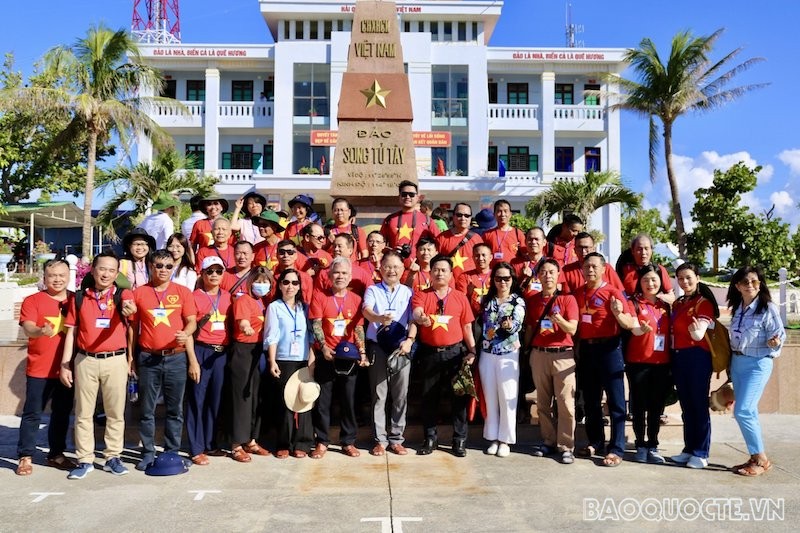 |
| Vietnam's position on solving the maritime delimitation issue: Overseas Vietnamese delegation visits Truong Sa island district and DK1 Platform in 2022. (Photo: WVR/Nguyen Hong) |
In addition to negotiating to resolve disputes over territorial sovereignty related to the Hoang Sa (Paracel) and Truong Sa (Spratly) archipelagos, Vietnam must also determine the delimitation of maritime boundaries and overlapping areas at sea with many countries in the region, such as China, Philippines, Brunei, Malaysia, Indonesia, Thailand, and Cambodia.
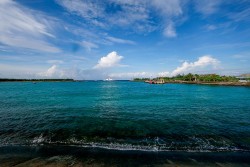 East Sea: The maritime territory cost a lot of research in history East Sea: The maritime territory cost a lot of research in history |
| More from WVR |
Vietnam continues its achievements based on thoroughly grasping the policy of resolving maritime sovereignty disputes through peaceful negotiations, avoiding armed confrontation, and ensuring the process of development cooperation, stability, and peace in the region.
Vietnam continues to open bilateral and multilateral talks to resolve maritime disputes, aiming to sign soon naval boundary delimitation agreements between Vietnam and relevant countries. At the same time, Vietnam builds agreements on maritime boundary delimitation between Vietnam and relevant governments and implements joint commitments in overlapping naval areas.
Delimitation of the Gulf of Tonkin between Vietnam and China
Many significant issues exist between Vietnam and China regarding sovereignty and national interests at sea. In addition to the sovereignty issue of the Hoang Sa and Truong Sa archipelagos, it is also associated with the area outside the mouth of the Gulf of Tonkin.
After many negotiations in 2000, Vietnam and China signed two important agreements: the Agreement on the Delimitation of the Gulf of Tonkin and the Agreement on Fisheries Cooperation in the Gulf of Tonkin on December 25, 2000. The successful signing of agreements related to the Gulf of Tonkin is significant to Vietnam and China.
The issue of disputes and conflicts in the Gulf of Tonkin has been thoroughly resolved, and the situation in the Gulf of Tonkin after the signing Agreement is more stable.
Resolve overlapping areas at sea between Vietnam and Malaysia
There is an overlapping area of 2,800 square kilometers between Vietnam and Malaysia, so both countries must negotiate a clear boundary demarcation. Since the early 90s of the twentieth century, the two Governments have conducted many talks and contacts to resolve the overlapping situation. In May 1992, Vietnam and Malaysia signed a cooperation agreement for joint exploration and exploitation in overlapping areas.
However, because the two countries' waters are also related to several other countries, the issue of signing an agreement delineating maritime boundaries is still extremely complicated. From 1986 to 2021, under the Party's direction, Vietnam maintained negotiations, carried out bilateral and multilateral talks, and coordinated with Thailand and Cambodia to resolve these overlapping areas.
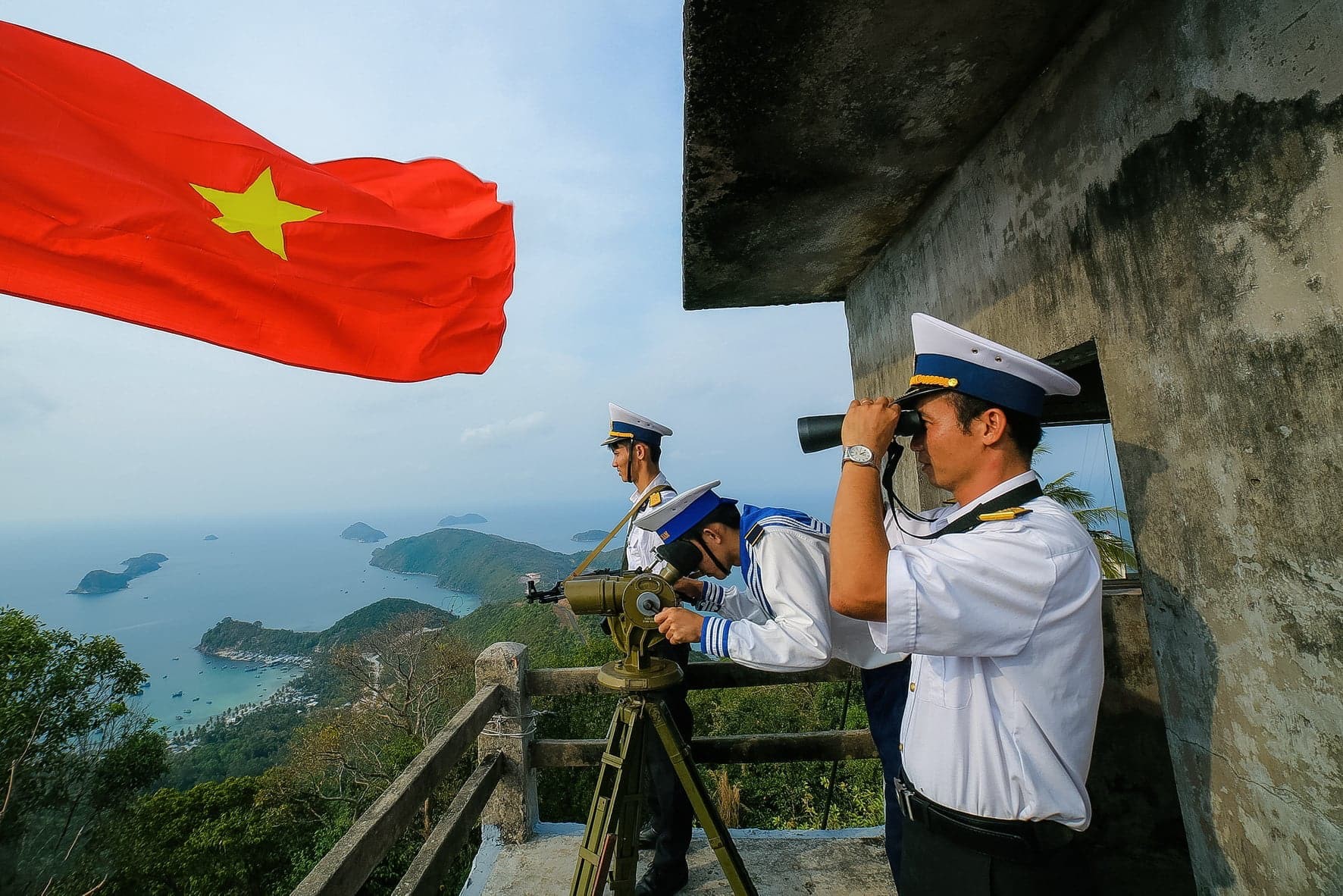 |
| Vietnam is flexible and creative in offering diverse solutions to resolve and handle overlapping maritime zones, contributing to affirming Vietnam's sovereignty, sovereign rights, and national jurisdiction (Source: TCCS/Ha Quoc Thai) |
Resolve overlapping areas and maritime disputes with Thailand
Between Vietnam and Thailand, there is an overlapping area at sea of about 6,000 km2, formed from the outer boundary of Vietnam's continental shelf announced by then the Republic of Vietnam in 1971 and the boundary line of the continental shelf of Thailand which was announced in 1973.
On August 9, 1997, Vietnam and Thailand signed an Agreement on maritime border delimitation between the two countries in Bangkok. According to this Agreement, 32.5% of the overlapping area belongs to Vietnam.
The boundary line dividing the overlapping area is also considered the boundary of the continental shelf and the boundary of the maritime exclusive economic zone between Vietnam and Thailand.
From the achieved results, recently, the two countries have been proactively conducting bilateral and multilateral negotiations, coordinating with relevant governments, especially Cambodia and Malaysia, to resolve existing issues, aiming for a radical solution to ensure peace and stability in the Gulf of Thailand and the offshore area in the Gulf of Thailand.
Resolve overlaps and maritime disputes with Indonesia
According to international maritime law, an overlapping area of about 42,000 km2 is formed in the contiguous waters between Vietnam and Indonesia. From 1979 to 1991, Vietnam and Indonesia conducted many negotiations at the expert and government levels to resolve issues related to overlapping maritime areas. Through negotiations, the overlapping area has been narrowed through rounds of talks to 4,500 square kilometers.
From 2001 to 2022, continuing to promote their achievements, Vietnam and Indonesia maintained negotiations at the working and government levels to reach a joint agreement towards a friendly solution to resolve the dispute entirely through an officially signed agreement between the two Governments.
With the efforts of both countries, on June 23, 2003, they signed the Agreement on the Delimitation of the Continental Shelf between Vietnam and Indonesia. Thus, after 25 years, from 1978, when Vietnam and Indonesia opened the first negotiations to resolve maritime sovereignty disputes related to the direct interests of the two countries, an official agreement on naval boundaries was signed. This is also considered a great victory for the two countries.
Particularly for Vietnam, in addition to having signed an Agreement with Indonesia, the agreement on the delimitation of the maritime continental shelf between the two countries also has another significance, that is, Vietnam has more basis creating favorable support in the struggle to protect sovereignty over its islands and sea.
In 2022, during his visit to Indonesia, President Nguyen Xuan Phuc and President Joko Widodo announced that Vietnam and Indonesia had completed negotiations to delimit the Exclusive Economic Zone in accordance with international law and the United Nations Convention on the Law of the Sea in 1982 (UNCLOS).
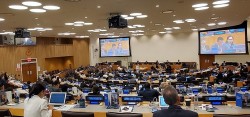
| UNCLOS 1982: Establishing and strengthening the legal order at sea, maritime cooperation for peace and sustainable development (Part I) In the Preamble of UNCLOS 1982, member countries affirmed their desire to 'resolve all issues related to the law of the sea' and 'establish a ... |
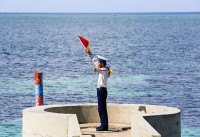
| UNCLOS 1982: Establishing and strengthening the legal order at sea, maritime cooperation for peace and sustainable development (Part II) To ensure full and consistent implementation of the Convention in practice, UNCLOS established agencies and mechanisms with different roles and functions. |
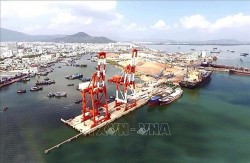
| Vietnam Maritime Corporation inks deal with global consulting firm WVR/VNA - The Vietnam Maritime Corporation (VIMC) recently signed a contract with the global research and strategic consulting firm Roland Berger to develop itself until ... |
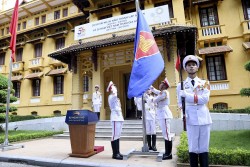
| Vietnam's imprint in ASEAN: Dedicated 'brick by brick' to build a common roof, growing stronger over the years (Part I) Vietnam has been participating in ASEAN for nearly three decades. It can be seen that this is the process of striving together for a peaceful, ... |

| Vietnam Maritime Rescue Force: A protection shield for fishermen at sea WVR - The sea is calm but also fierce. While the sea is the "home" of fishermen, sometimes there are many dangers at sea that ... |









